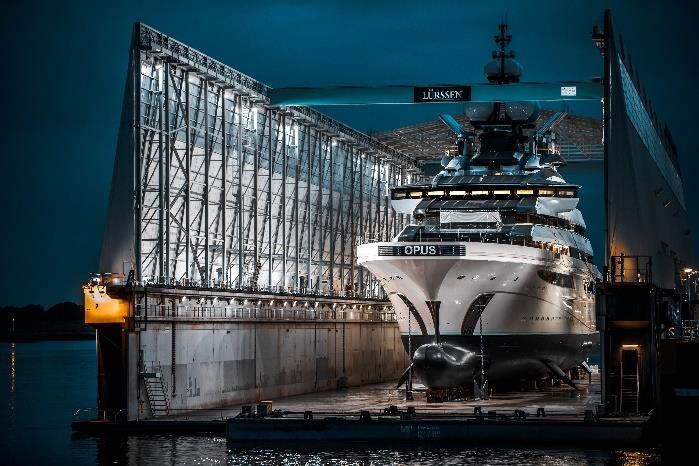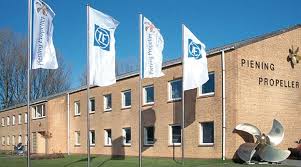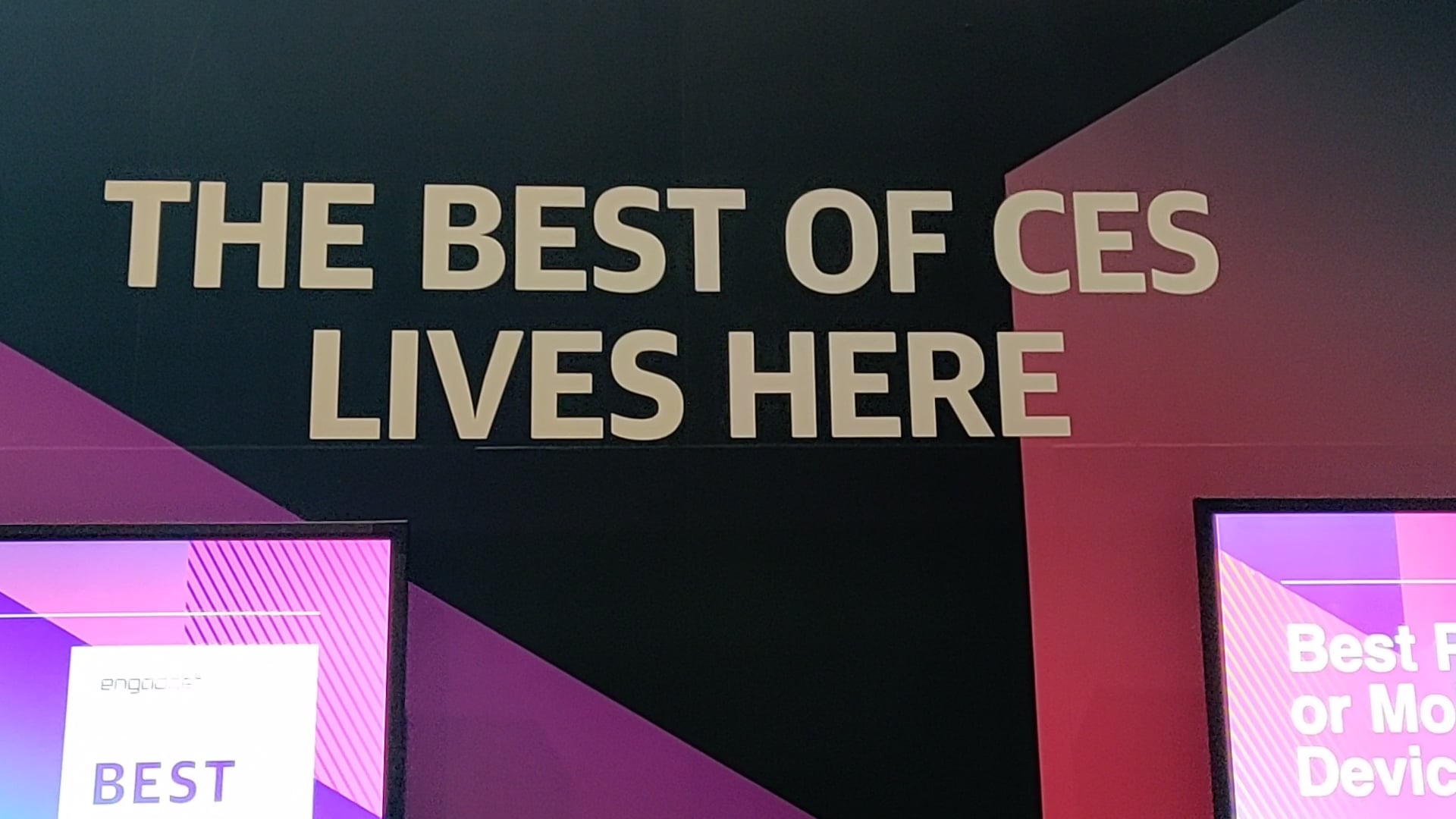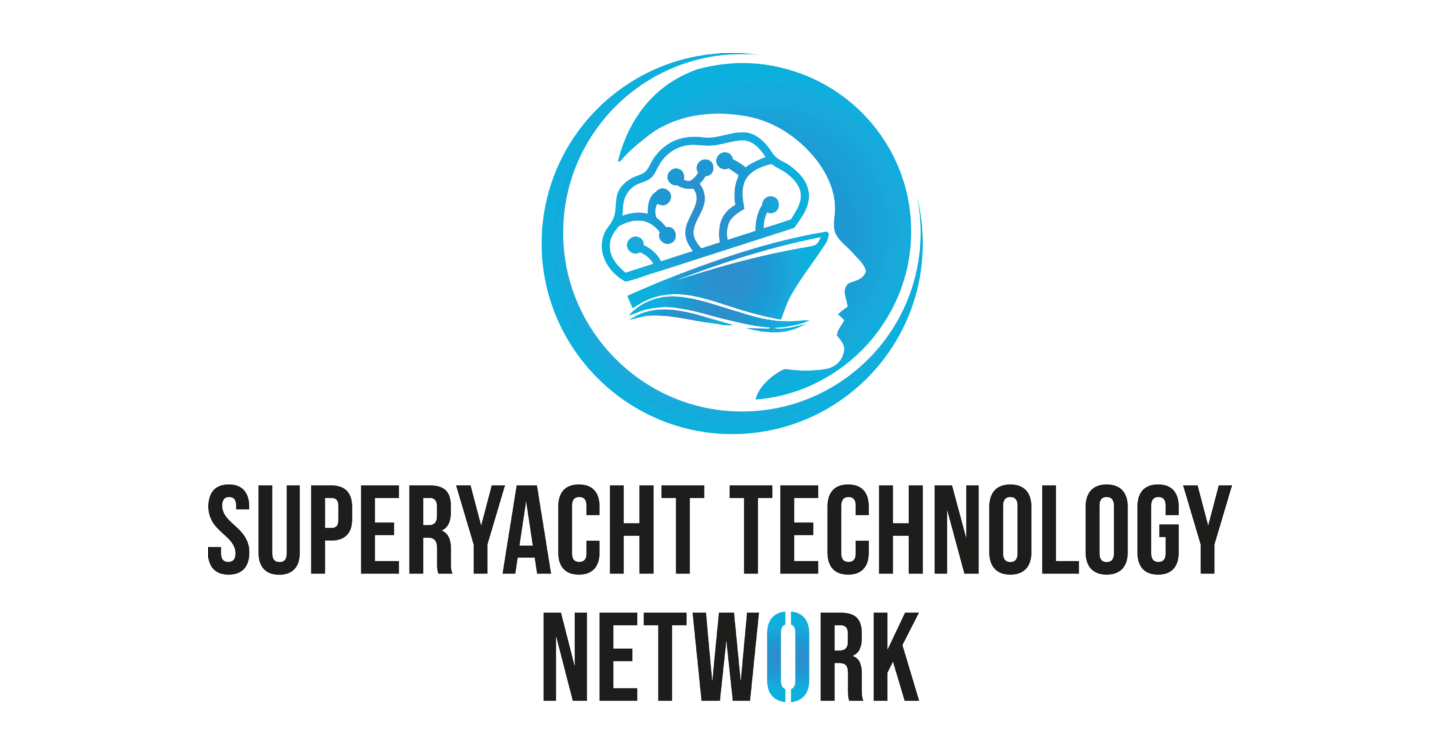Noise and vibration (N&V) continue to be a critical topic and concern for owners, shipyards, naval architects and suppliers. It is often wrapped in contractual requirements, compliances and hefty penalty clauses. On a new build the noise and vibration planning process start early, when the boat is in design and under development. A refit tends to be tighter schedule, but the various performance requirements are similar.
Over the past 36 years, Quantum has locked arms with specialists to develop procedures and strategies to produce reliable, effective stabilization equipment with minimum N&V. One of those specialists has been J&A Enterprises, experts in marine sound and vibration. They have played an active role as consultants, helping to form the Quantum sound and vibration practice used today.
“Silence” has become a core virtue to owners in the yachting industry which has had a trickle- down effect to suppliers and related equipment, over the past several years. This has resulted in tighter requirements for marine products throughout the industry. For decades, Quantum has been able to meet or exceed the contract-specific targets and deliver successful N&V results.
Quantum’s process begins by working with the yacht builder, or directly with the Owner’s technical team, to develop a clear understanding of the stabilizer-specific N&V requirements for the project. Specification language is poured over in detail, with several roundtable discussions to ensure alignment between planned execution and the final contractual targets. This assessment is completed as early as possible in the life of a contract to allow time for contract revisions, engineering and design development, and typical model testing that becomes part of the process.
Based on the overall comfort objectives for the project, noise consultancies or the yacht builder’s technical department will use analysis methods to determine the N&V transmission limits applicable for the stabilization system. The science behind sound and vibration is extremely complex due to the new technologies, equipment, canceling strategies and the sophistication of the yachts today.
Specification details vary from a simple maximum overall amplitude, to third-octave relative variations and local maxima over a range of operating conditions. In the case of the latter, this would represent a push towards attenuation of fundamental frequencies in airborne and structure-borne regimes to achieve, or at least approach, low-level white noise and the reduction of tonality. The driving factors, and how they are prioritized, will influence specifications, requirements and the final outcome.
Of course, such considerations are to be counterbalanced against the constraints of cost, weight, complexity and access clearances. As expected, there is a direct correlation between “cost” and “quiet” with the goal to find the perfect balance to satisfy the most discerning owners.
Early on, the incentives to control sound and vibration were contractual, Quantum has since taken a proactive approach as the rule, even in contracts without strict requirements or penalties.
A diagram of the preventative tactics used on Quantum’s Power Pack and fins to minimize noise & vibration
 QP40A Hydraulic Power Pack with an internal drive train.
QP40A Hydraulic Power Pack with an internal drive train.
For structure-borne noise, isolation mounts are the best strategy. Plenty of other noise and vibration guidance is offered by Quantum in areas such as pipework, plumbing, other onboard equipment and double isolating all ship borne pipe runs, ensuring “best practices” are used to control noise and vibration.
 How to install ship-borne plumbing.
How to install ship-borne plumbing.
Strategies on the fin to prevent cavitation.
Quantum systematically addresses each of these potential sources for noise and vibration through our engineering and product development process. The hydrodynamic performance of the fins is essential to the effectiveness of the stabilization system, but can also be engineered to minimize hull vibration and noise.
Quantum’s engineering team uses every possible strategy to minimize the sound transmission from the hydraulic power systems. This includes optimizations of resilient mounting systems, overall design of power packs, sound shields, hydraulic suppressors, and specifying the quietest pumps and motors.
These developments are evaluated by certified measurement methods carried out at Quantum’s testing facilities. Examples include measurements of hydraulic pump noise and assessing hydraulic silencers in the piping system, measuring airborne and structure-borne noise emission from power packs, supported by the noise and vibration expertise of J&A Enterprises. According to J&A Senior Engineer Kaolin Kinsey, “Quantum is extremely proactive in their use of acoustic and vibration measurement to support product development and equipment certifications. This includes their use of acoustic pressure transducers to measure fluid-borne noise in hydraulic piping systems, ISO methods for determining the sound power emitted by their equipment, and using realistic test fixtures that are typical of yacht machinery foundations when measuring structure-borne sound transmission with accelerometers.”
Quantum – https://quantumstabilizers.com/
Read this article and many more in the Superyacht Technology Blueprint.











